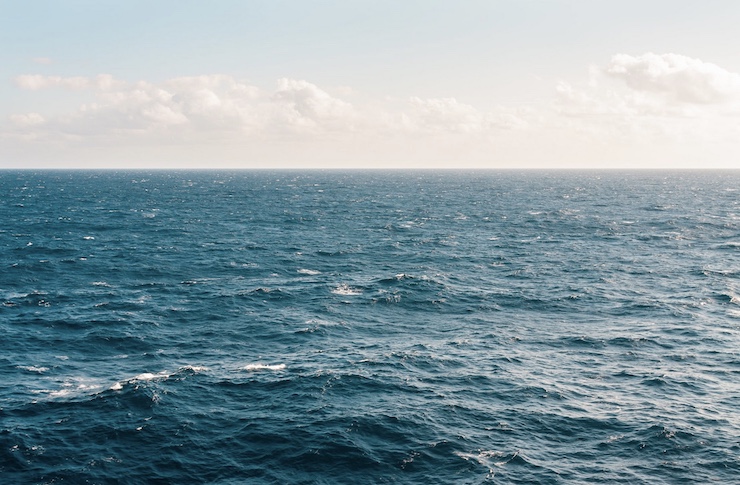
During World War II, more than 200,000 explosive mines were strewn about the world’s oceans. When the war ended, many of these mines were left intact. Some because it wasn’t worth the expense to remove them, some because their placements were simply forgotten. Though navies reportedly no longer officially lay mines, some rogue navies do so covertly. These mines pose a great risk to sea vessels such as fishing boats, research vessels, and military ships. The United States Navy has assumed the responsibility of locating and disabling as many sea mines as possible. But finding these mines in the massive oceans is like trying to find a needle in a haystack.
Recently the US Navy purchased a new cache of underwater drones to help search out these elusive mines. The Navy awarded a $74,700,000 indefinite-delivery/indefinite-quantity contract Hydroid Inc., the Pocasset, Massachusetts based subsidiary of America’s largest military shipbuilders, Huntington Ingalls Industries. Hydroid’s unmanned undersea vehicles are all based on a scalable drone called the REMUS. The drones offer advanced autonomy, open architecture, and modular payload options. They all have compact and efficient core electronics with a common operating system. The available models are the REMUS 100, 300, 600, 6,000, Seaglider, and a customizable option.
The drone being designed for the US Navy is based on the REMUS 600 with increased endurance, range, and payload sensor platforms. The drone is called the MK 18 Mod 2 Kingfish UUV and will use a system called Small Synthetic Aperture Sonar Module (SSAM) to locate hidden mines. The SSAM system will give operators higher resolution imagery, buried target detection, and a wider swath of coverage. The torpedo shaped drone measures 12.8ft long and weighs 621lbs. It can reach depths of 1,968ft with a 984ft wide range. The drone can remain operational for up to 24 hours at a time. The advanced sonar system, SSAM, creates 3D bathymetric maps of the underwater surroundings.
The maps created by the drone are then entered into a computer learning program for data analysis. The computer program then identifies any possible threats, such as a mine. The REMUS 600 was originally designed for oceanic research missions being conducted by Woods Hole Oceanographic Institute. Since then, the REMUS 600 has continued its scientific research missions along with inspecting offshore oil and gas sites, marine archeology, port security, and much more. In April of 2021, Hydroid delivered an MK 18 Mod 2 Kingfish UUV to Panama City, Florida at the Naval Support Activity center. A 27 person crew from the Explosive Ordnance Disposal (EOD) Mobile Unit 2 launched the drone from a small vessel to carry out an Expeditionary Mine Countermeasures Advanced Certification Exercise.
Lt. Samuel Stearney, the company commander for EOD Mobile Unit 2, was very please with the results of the trial. Working with the sailors that will be using the drones, Hydroid will continue to make adjustments to the technology. “The more accurate our technological systems are, the better identification is of that underwater threat,” Lt. Stearney said. “That means that when we send our EOD divers possibly down on to a mine to neutralize it, they know what they’re diving on – and also to that end, utilizing other [remotely operated vehicles] in tactical situations, we can neutralize that threat without ever putting people into the water and into harm’s way.”
|